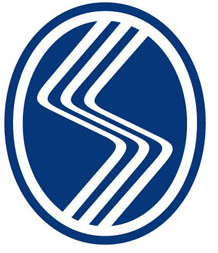Abstract:
The strong ground motion effect is amplified or de-amplified due to the change in subsoil condition. Local soil properties prediction is critical for earthquake-safe areas and the earthquake hazard assessment of existing structures. This study was carried out with time-domain 1D Nonlinear analysis to understand the soil response characteristics of the Arifiye district. In this sense, geotechnical drilling at 47 points and surface wave analysis at 44 points were performed. Site response profiles in the study area were analyzed with the DeepSoil program for M-w:7.0 1967 Mudurnu and M-w:7.4 1999 Kocaeli earthquake scenarios. Peak spectral acceleration (Pga) and spectral acceleration (Sa) values were determined in the analysis of the Mudunu scenario as 0.11-0.24 g and 0.44-1 g, respectively. The Kocaeli scenario's Pga and Sa distribution were obtained in a wide range of 0.2-0.56 g and 0.47-2.3 g, respectively, compared to the Mudurnu scenario. Especially in the M-w:7.4 model, high Pga (> 0.3 g) and Sa (> 1 g) values were obtained in the uncemented units located north of the study area. Kocaeli scenario results showed that the spectral accelerations at the surface in soil groups D and E were higher than the Turkish Building Earthquake Code building requirements. It is necessary to update the earthquake design spectra site-specific. The results clearly showed the effect of ground conditions and strong ground motion selection on earthquake-resistant building design.











